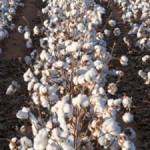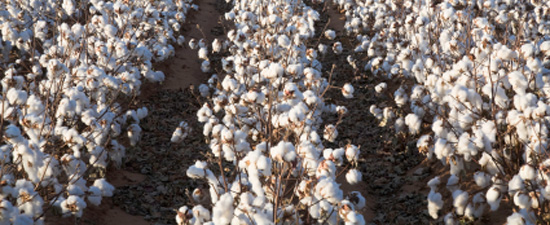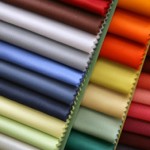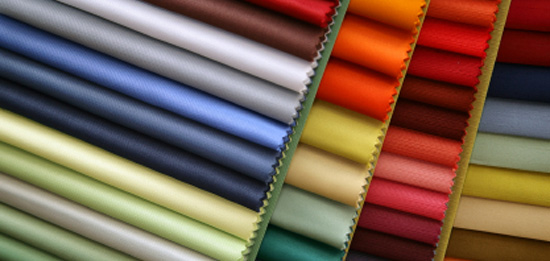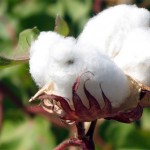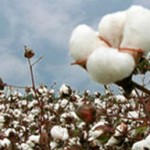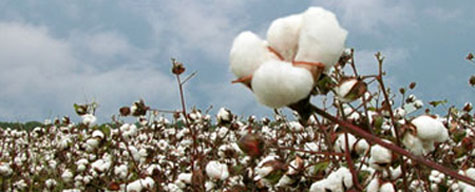A cotton allergy is a very difficult affliction for anyone, and especially for those who enjoy T-shirts. Almost all T-shirts, as well as many other clothing items, are made of cotton and an allergy to it will greatly limit a person’s choice in clothes.
Because cotton typically produces a skin reaction, some of the most common symptoms of being allergic to cotton include:
– itching
– rashes
– hives
It may also cause nasal congestion, a runny nose or itchy, watery eyes.
As with all allergies, a cotton allergy can come in a variety of different strengths of reactions. It could be just mildly irritating or causing occasional reactions or it may be very strong reactions that cause great discomfort and stress. Whatever the case, it is important to pinpoint the trigger and have ways to deal with it.
Many variables should also be taken into consideration when deciding whether or not to risk it and wear a fabric you are allergic to. If you have other allergies, especially seasonal or environmental ones, you will want to limit exposure to other allergens if you plan to wear cotton. A shirt that might cause a strong reaction during allergy season might be perfectly fine to wear when your other allergies are not active.
If you suspect that you might be allergic to cotton, one of the first things you should do is be skeptical of the notion. Synthetic materials are much more likely to cause allergies than a natural product like cotton. However, there are of course many natural things that cause allergic reactions too. However, you should take comfort in the fact that it is more likely that you are allergic to something on the cotton than the cotton itself.
Many chemicals used in laundry products can cause allergic reactions. Therefore, you should switch to a mild type of laundry detergent, which is formulated to be sensitive enough for allergy sufferers. Airdry your items using no fabric softener. Using clothes laundered this way for a while will allow you to determine if it may indeed be your cleaning products instead of the cotton itself, which is responsible for your allergic reaction.
Another option you may want to consider is that there is something used in the production of cotton clothing and while the cotton is being grown, like pesticides, that is triggering the allergic reaction for you. To decide if that may be the case for you, the best way to check is to opt for organic cotton clothes for a while to see if your symptoms disappear. You can easily get a great selection of organic T-shirts by ordering custom-made ones.
